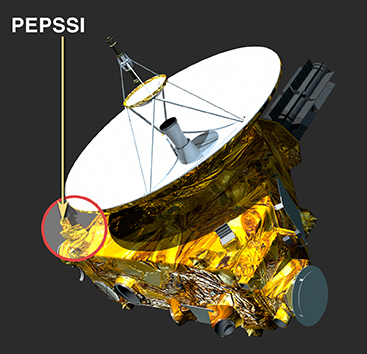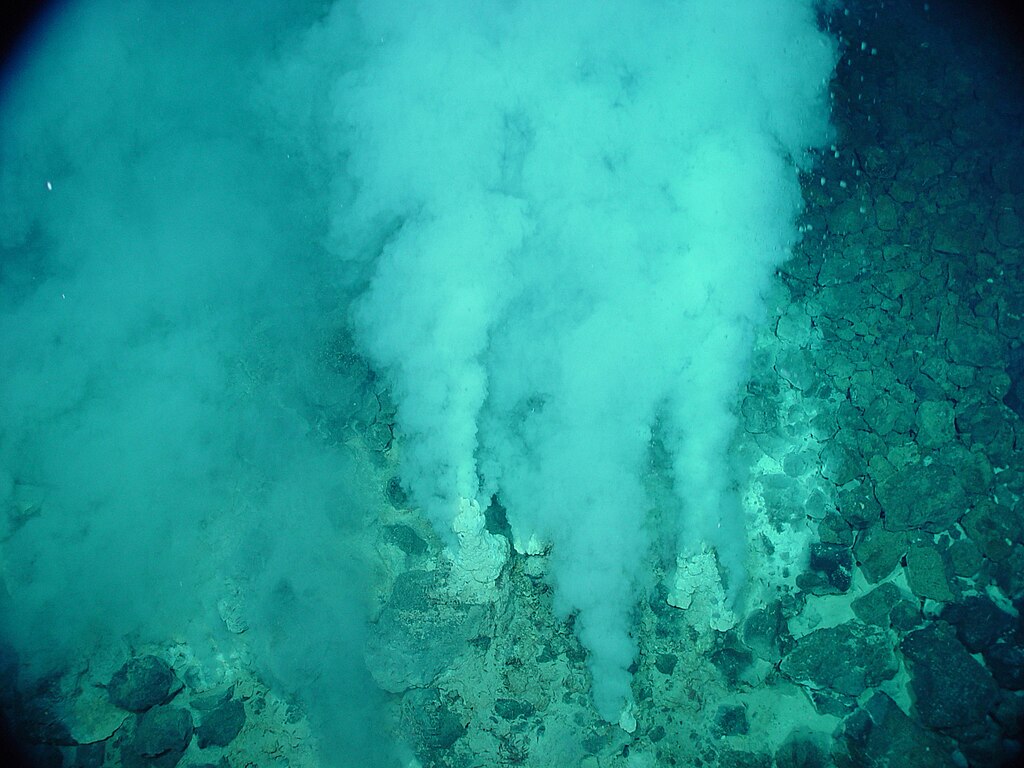How Spectroscopy Fills in the Blanks in our Knowledge
Back when I was in graduate school, I was part of a Hubble Space Telescope team that had an instrument called the Goddard High Resolution Spectrograph onboard the telescope. I had a lot to learn about spectroscopy, and my team leader introduced me to the topic by saying, “There are two ways to clear a crowded theater: yell “fire” or announce “And now we’re going to hear a talk about spectroscopy.”
It was a wry remark with more than a grain of truth in it, particularly for folks who have grown up seeing pretty space pictures and don’t really think about the other ways that light from a distant object can teach us something about it. Of course, astronomy IS more than pretty pictures, but in the words of one NASA public information office I used to know, “Pretty pictures is what hooks ’em.” That may be true, but if you want to really learn everything about an object, you study all the wavelengths of light it emits (or reflects). There’s a LOT of information hidden in the light.

So, what does spectroscopy tell us? It’s a specialized area of study that looks at the interaction between matter and electromagnetic radiation (light). It’s basically a chemical analysis using light emitted or absorbed or reflected by objects to tell you something about them. Essentially, you take the light from the object and look at it with a special instrument, and examine the wavelengths in great detail.
Astronomers often talk of taking a spectrum, with the results being “spectra”. Those spectra tell them whether a given element (such as hydrogen) or compound (such as water or oxygen) is emitting or absorbing light. They can tell what minerals are on the surface of a planet (like the instruments onboard the Mars Curiosity rover are doing), or what compounds exist on a comet (such as the spectral plot shown here). Spectra can also tell them how fast an object is moving, whether it has a magnetic field (and how strong it is), and its temperature.
That’s the executive summary of spectroscopy and if you want to learn more, visit this page at NASA.
So, how does it work in practice? Let’s take the New Horizons mission to Pluto as an example. It has two spectrometers (essentially instruments that measures specific parts of the electromagnetic spectrum).

One is called Alice, and it is an imaging spectrometer sensitive to ultraviolet light. That means it measures the separate wavelengths of ultraviolet light AND produces an image of whatever it’s looking at each wavelength it studies. For those of you who want the specs, Alice will look at extreme and far UV wavelengths from approximately 500 to 1,800 Angstroms.
What will Alice study? Its main target is the Pluto atmosphere, which is active and changing. Alice will detect the elements and compounds that make up the think blanket of Plutonian “air” that envelopes this dwarf planet. It will also look for an ionosphere (a layer of charged particles at the top of the atmosphere), and measure the atmosphere’s temperature and density. It will do the same work at Pluto’s moon Charon. Sometime in mid-June Alice will “detect” Pluto, and begin to send back data.

The other spectrometer aboard New Horizons is called PEPSSI (short for Pluto Energetic Particle Spectrometer Science Investigation). It is built to look for neutral atoms that escape Pluto’s atmosphere only to become energized when they interact with the solar wind. What could be escaping from Pluto? Molecular nitrogen (which is the main part of Pluto’s atmosphere), carbon monoxide, and methane (for starters). They get energized and broken apart as they escape from the planet and absorb ultraviolet light from the Sun. They also get carried away on the solar wind, and so New Horizons should be able to detect a “tail” of such energized particles as it moves away from Pluto.
It’s also helpful to think of PEPSSI as a very efficient particle counter. It has already been studying the plasma environment as it approaches Pluto, giving scientists useful data about the solar wind at that distance from the Sun. It will start “seeing” Pluto very shortly before the spacecraft sweeps past the dwarf planet on July 14th.
Astronomy IS the study of light, and up until Isaac Newton’s invention of spectroscopy in 1666, and further developments in the 19th century, that astronomers were able to study the universe in wavelengths beyond the visible light we are familiar with. Spectroscopy is, in a way, applied chemistry to the stars and planets. In that respect, spectroscopy is actually quite a bit more exciting than you’d expect. Without it, our knowledge of the universe would be incredibly incomplete.


